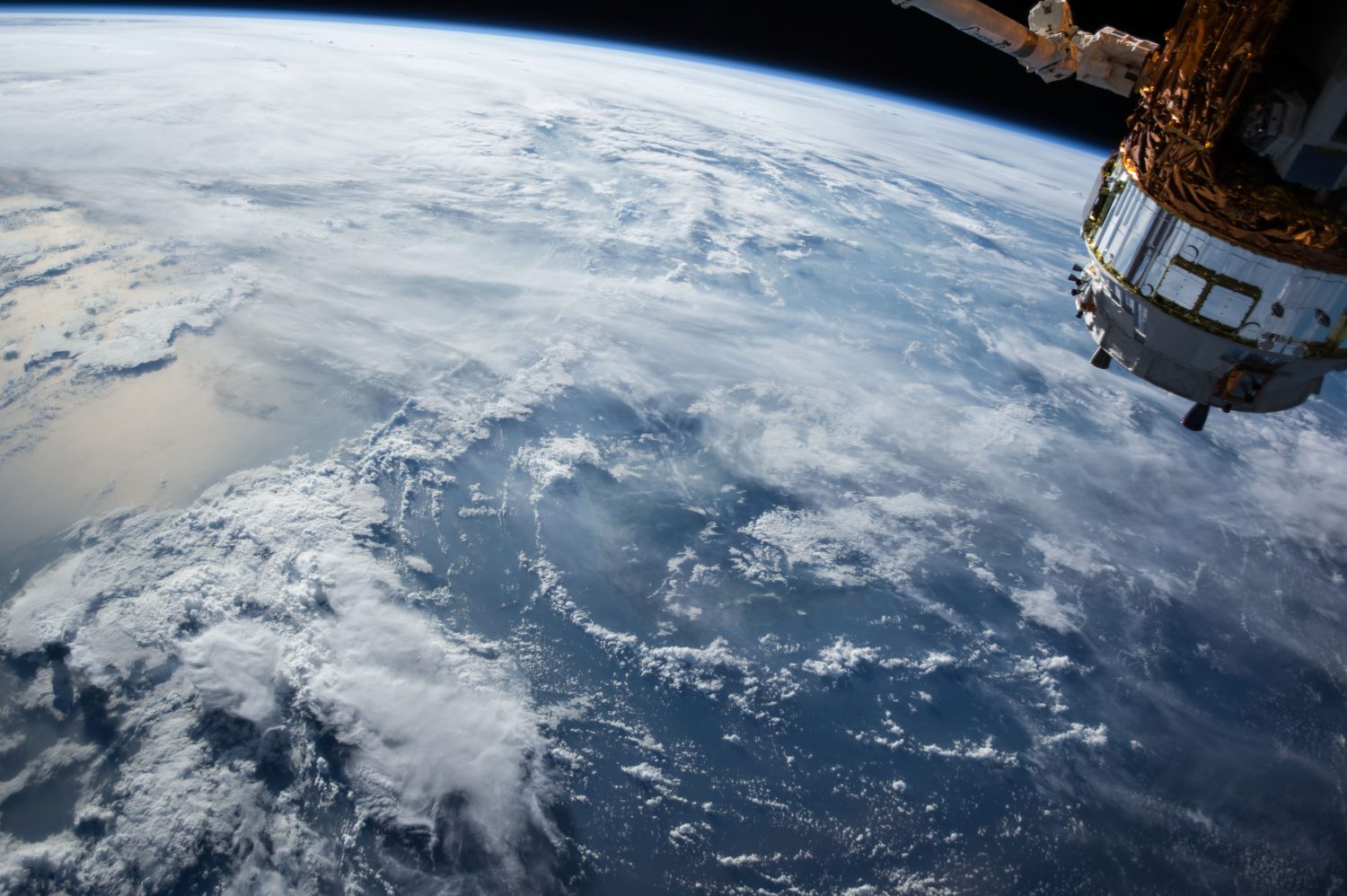-
UNSW9: Were all Heinrich Events similar?

The aim of this project is to quantify the main differences between Heinrich events in terms of ocean circulation changes, and climate impacts. The student will gather published proxy data for a few of the most prominent events and compare these with existing climate model simulations.
-
UNSW8: Modelling the Southern Ocean’s biology during episodes of rapid climate change

The selected student will simulate past events of rapid climate change with an Earth System Climate Model and compare the simulated changes in biological productivity with existing data from sediment cores.
-
UNSW7: Assessing spatial variability in Sydney’s urban climate and air quality

The Schools Weather and Air Quality (SWAQ) network is placing instruments in Sydney schools to fill gaps in meteorological and air quality observational sites (www.swaq.org.au). This project will contribute to the development of the SWAQ network and assess the influences of spatial variability in Sydney’s urban climate and air quality.
-
UNSW6: Enhancing student understandings of the climate through an online climate model.

We are seeking an enthusiastic student with a background in physics, climate science or environmental science who is also interested in science education and outreach, to help further improve our online climate model.
-
UNSW5: Convective cloud top vertical velocity estimations over Northern Australia

Convective vertical velocity is crucial for understanding cloud-precipitation systems, yet direct observations of convective vertical velocity are currently limited. In this project, you will estimate convective cloud top vertical velocity using Himawari-8/9 satellite data available at 2 km resolution every 10 minutes over Northern Australia since July 2015.
-
UNSW4: How well can the Australian climate model predict droughts?

This project will use satellite and flux tower observations to characterise the response of Australian ecosystems to water stress. These data will then be used to evaluate how well the Australian climate model predicts droughts. The successful candidate will obtain skills in programming and analysis of spatial datasets and model outputs.
-
UNSW3: Understanding the vertical mixing of water vapour

In this project, we seek to utilise 40 years of observations of water vapour profiles from the global radiosonde network to improve our process level understanding of water vapour mixing. The applicant is expected to know the basics of atmospheric physics and statistics. Some knowledge of data processing tools will be an advantage.
-
UNSW2: Mixed teleconnection – complex pathways linking ENSO to remote parts of the world

This project will examine ‘mixed teleconnections’ using coupled climate models. In particular, we will examine how El Nino and La Nina events can affect western boundary currents in the Pacific and Indian basin. It will involve using large model and observational datasets and require a background in either MATLAB or python. Some experience with linux…
-
UNSW1: Tropical influence on Southern Hemisphere climate

This project will use one or more simplified climate model(s) to investigate the importance of the tropical stratosphere in modulating the effects of ENSO and the MJO on Southern Hemisphere climate. It can either involve the actual model setup and running, model output analysis, the review of current scientific knowledge and hypotheses, or a combination…
-
UMELB1: A historical analysis of Australian climate extremes (based at UMelb/BoM)

This project provides an exciting opportunity to develop the longest homogenised daily climate record for Perth using newly digitised observations beginning in 1830. The project will involve working with BoM staff to conduct state-of-the-art quality control measures on the new historical observations to allow a reliable, long-term analysis of extremes and their possible dynamical causes.
